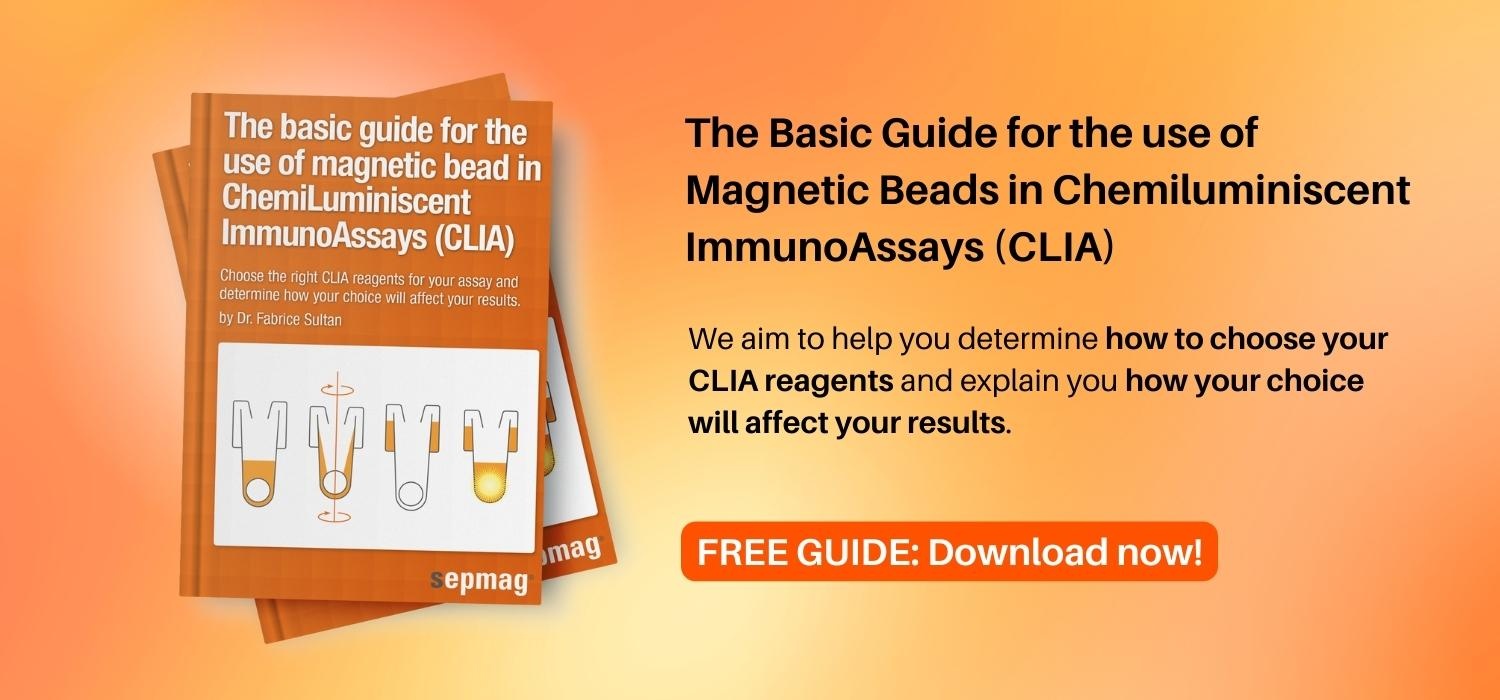The International Council for Harmonisation of Technical Requirements for Pharmaceuticals for Human use (ICH) was founded in 1990 as a way to standardize the introduction of new drug substances to the worldwide market. The council wrote and maintains guidelines for how new pharmaceutical products must be tested for stability and quality before they can be approved for worldwide distribution. The guidelines protect consumers and allow new therapeutic drugs to reach patients across international borders more quickly. The ICH has written guidelines for the stability testing of new drug substances and products. There is a general document known as Q1A(R2) that outlines the details of every stability test that a new drug substance must undergo before being registered. These tests examine how the drug degrades in high temperature or high humidity over time. It outlines methods for defining the mechanism of degradation for the new drug, and how to test proposed protective packaging for efficacy. A supplementary document (Q1B) contains additional details specifically about photostability testing.
Stability Testing
The first goal of the stability test is to perform a stress test in order to define the degradation products of the new drug substance and to understand and clearly document the pathways of decomposition. Is the drug susceptible to heat? What about humidity? Can the drug be exposed to sunlight and still remain active? Are the products of degradation dangerous for human consumption? Can the drug be stored in such a way that decomposition can be slowed or stalled completely until it is used? If so, for how long? The goal of the stress test is to completely understand the risks involved with the drug. It can be a miracle drug in the laboratory, but if it isn’t stored, transported, and used properly then it can decompose into a completely different molecule with potentially devastating side effects.
The drugs are evaluated by appropriate chemical, biological, and microbiological methods. Any changes in color, consistency, phase, pH, dissolution time, dose potency, or any other specification is noted in the initial stress test. Packaging is then developed to mitigate these changes and the packaged drug is tested again in the packaging and proposed storage conditions (room temperature, refrigerator, freezer, and relative humidity). If the drug passes its specifications with the packaging then it moves onto the longer-term storage phase of the stability test. The long term storage test is a minimum of 12 months. The drug must match the initial tests to within 5% in order to be registered for international sale. All of stability test information must accompany the drug to the market.
The exact conditions for the stability tests, including temperature, relative humidity, containers, storage time, and amount of light exposure are defined in the ICH documents. We can take a closer look at photostability testing as an example.
Photostability testing of a drug substance
The photostability stress test is performed in chemically inert and transparent containers to determine if the drug is photostable or photolabile. If the drug is photostable then additional packaging is unneccessary, but if it degrades into decomposition products, then further testing of the drug in prototective packaging is required. As with all of the stability testing procedures, it is essential that variables are not confounded. For example, the light must be separated from heat in order to ensure that any observed degradation is due only to light. This information is critical for optimal package design.
The standard illuminant D65 is the gold standard for photostability testing because it most closely resembles the wavelenth spectrum of natural outdoor daylight. The guidelines go so far as to define wavelength limits for near UV light to have a spectral distribution of 320 nm to 400 nm with max energy emission between 350nm and 370 nm. If a light source is capable of emission below 320 nm then it must have a filter installed to limit it. Overall illumination exposure must be at least 1.2 million lux hours for the stress test.
The drug substance is evaluated after the photostability test to detect any changes in the drug or evidence of decomposition. This is macroscopically observed as changes in clarity, color, and general appearance of drug and capsules. It is also analytically tested by changes in absorbance or chemical properties.
Most countries have regulatory bodies in place to ensure the well-being of their citizens. The ICH and their stability guidelines provide a standardized way for these regulatory bodies to communicate and help each other achieve that goal.
Related news





